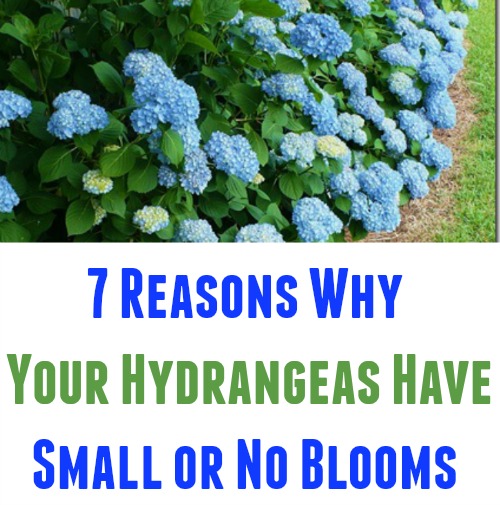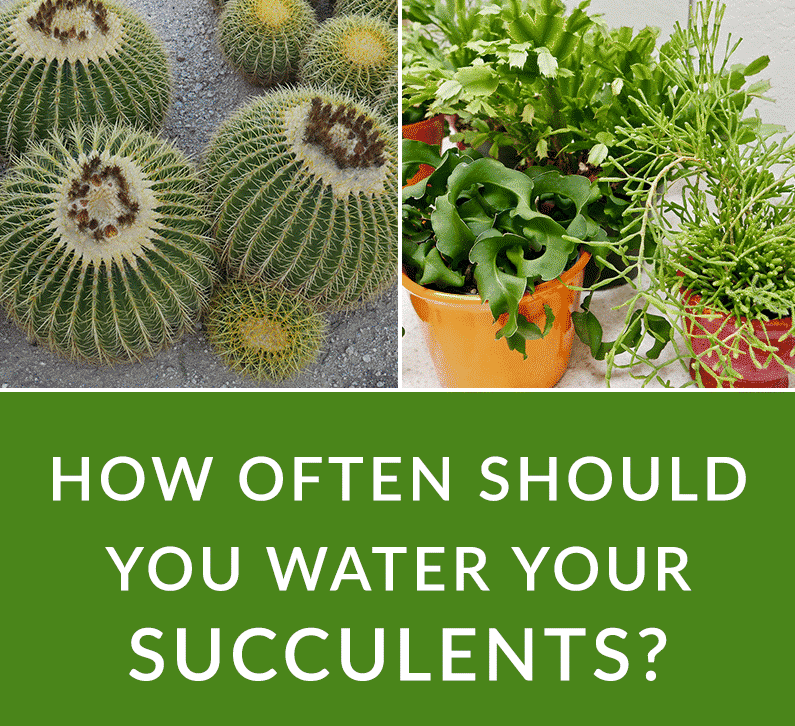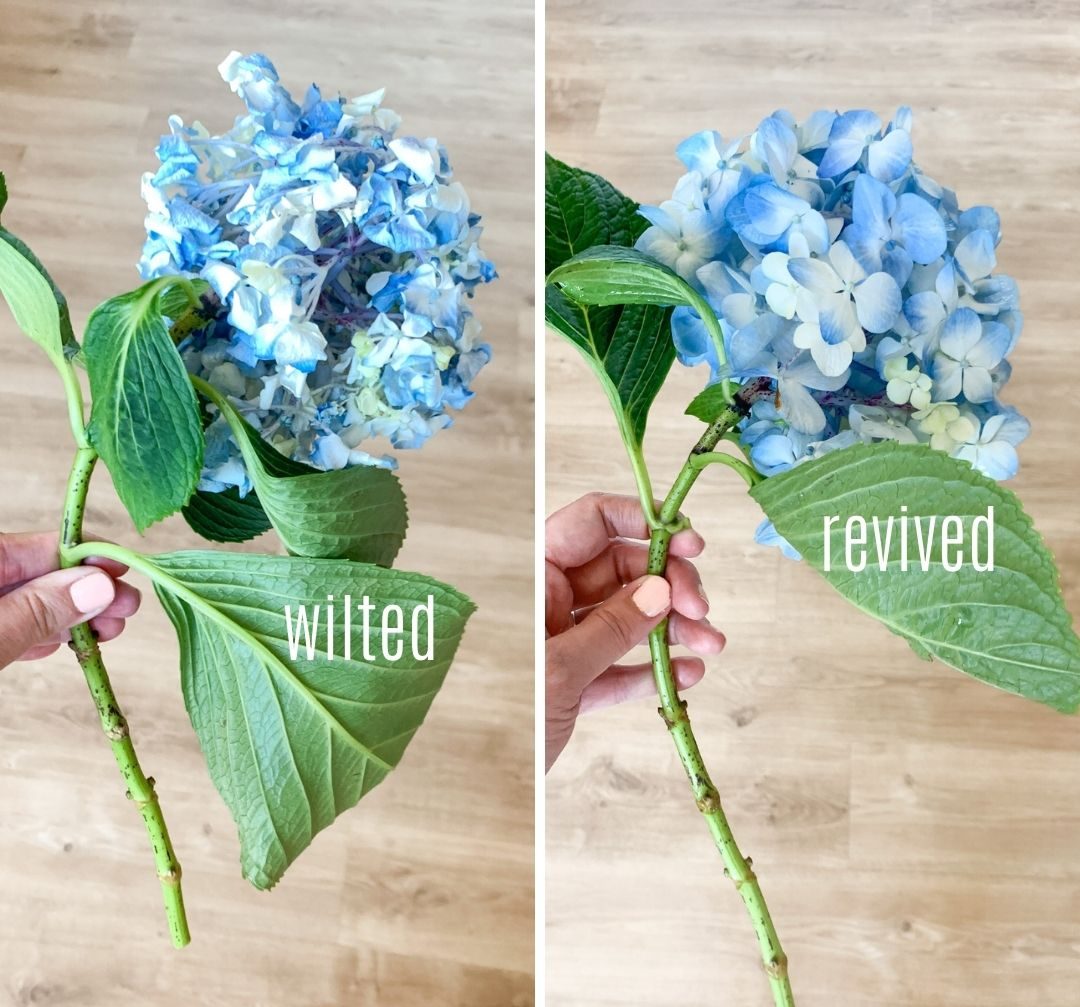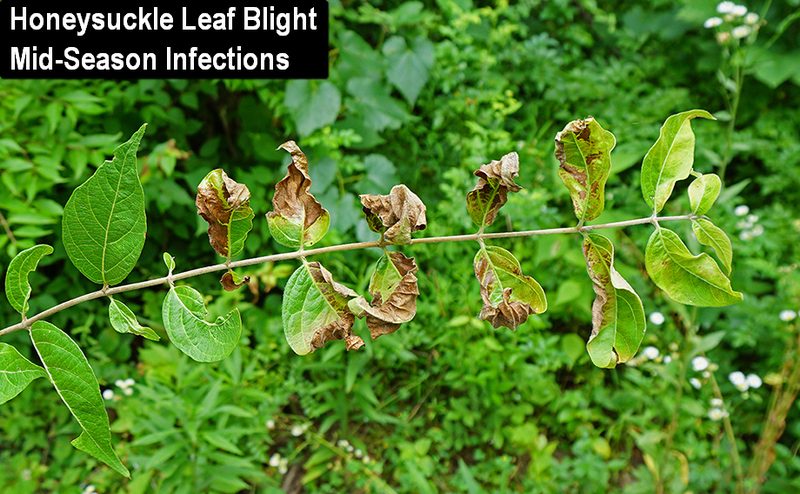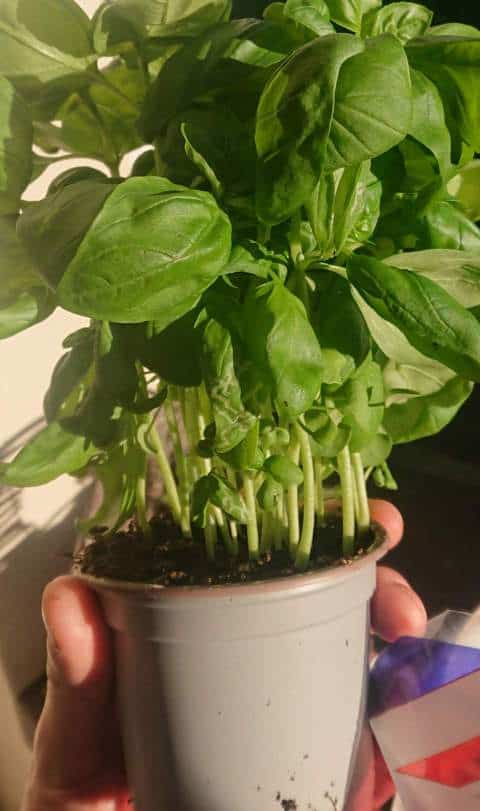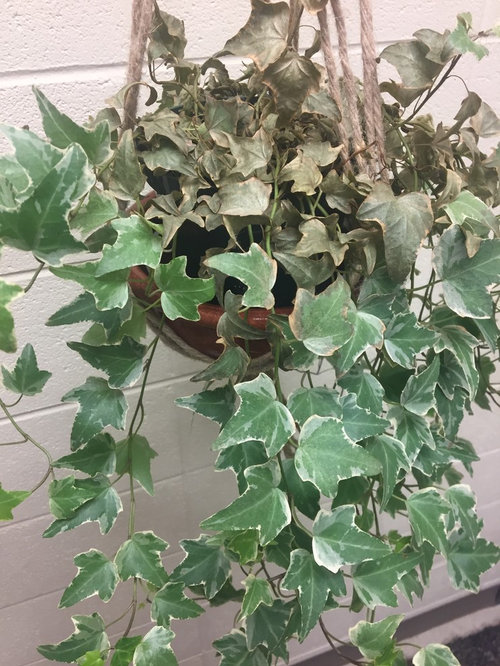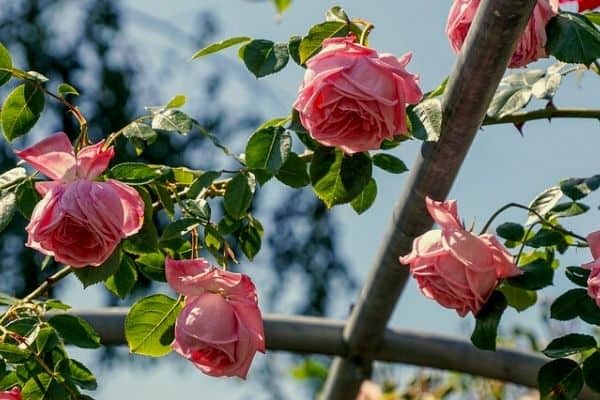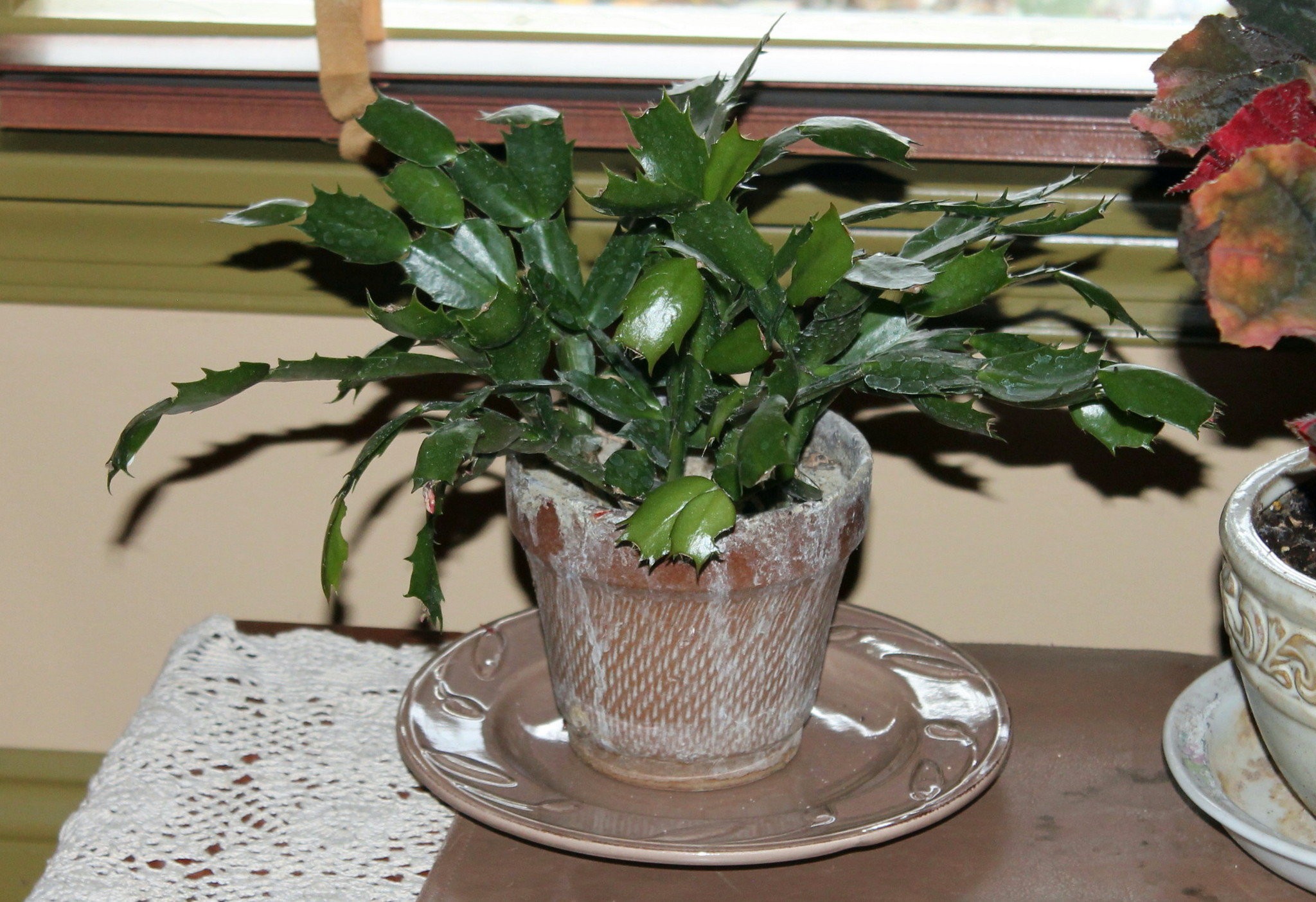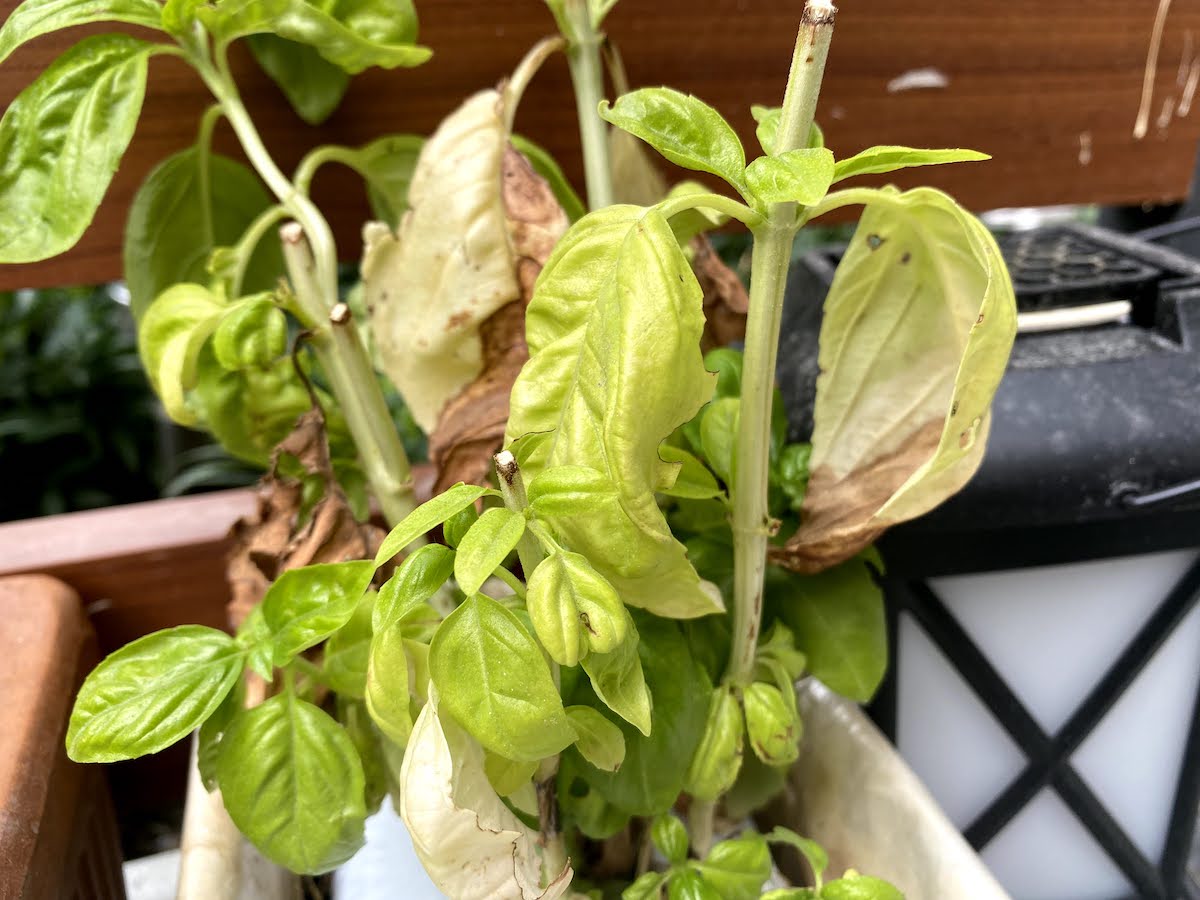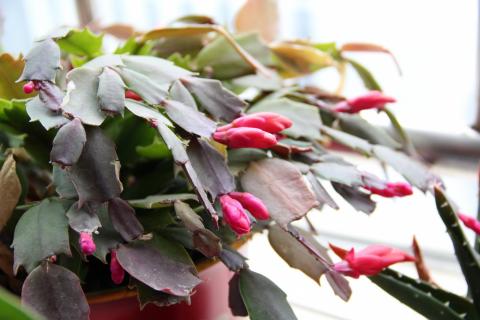Hydrangea Not Blooming? (6 Solutions That Actually Work)
The two most frequent causes of hydrangeas not blooming are improper pruning during the incorrect season and winter damage to the flower buds. On aged wood, hydrangea flower buds grow. The growing flower buds are removed during last year’s growth pruning, which prevents your hydrangeas from flowering. The most typical causes of hydrangeas not blooming …

